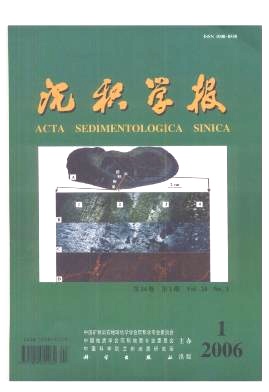The Structural Types and Depositional Characteristics of Carbonate Platform in the CambrianOrdovician of Tarim Basin
- Received Date: 1900-01-01
- Rev Recd Date: 1900-01-01
- Publish Date: 2006-02-10
-
Key words:
- Tarim basin /
- CambrianOrdovician /
- platform structure /
- depositional evolvement /
- sequencefacies model
Abstract: Tarim basin underwent the ramp carbonate platform of earlymiddle Cambrian, rimmed shelf carbonate platform of late Cambrianearly middle Ordovician, isolated carbonate platform in the early period of late Ordovician, and drowned carbonate platform in the middlelate period of late Ordovician. The different carbonate platform has distinct diversities in the section structure, platform edge feature and facies constitution, and controls the types and features of facies in the different regions and the upgrowth condition and the distribution rule of source rock, reservoir and caps. Through the sequence stratigraphy study of the seismic and loggings, 4 types of carbonate platform structure have been established and 5 sequencefacies models been summarized. During carbonate platform evolvement, two periods of platform slope are developed: The first platform slope is formed in Cambrianearly middle Ordovician, controlled by Well Kunan 1, WellMancan 1, WellTadong 2 route, represents arc belt toward the west. The second platform slope is formed in the late Ordovician, constrained by Well Kunan 1, WellMancan 1, WellTazhong 1 and WellTangcan 1, represents arc belt toward the east. The shifting and variation of the slope reveals the change of carbonate platform types.
| Citation: | GAO Zhiqian. The Structural Types and Depositional Characteristics of Carbonate Platform in the CambrianOrdovician of Tarim Basin[J]. Acta Sedimentologica Sinica, 2006, 24(1): 19-27. |






 DownLoad:
DownLoad: